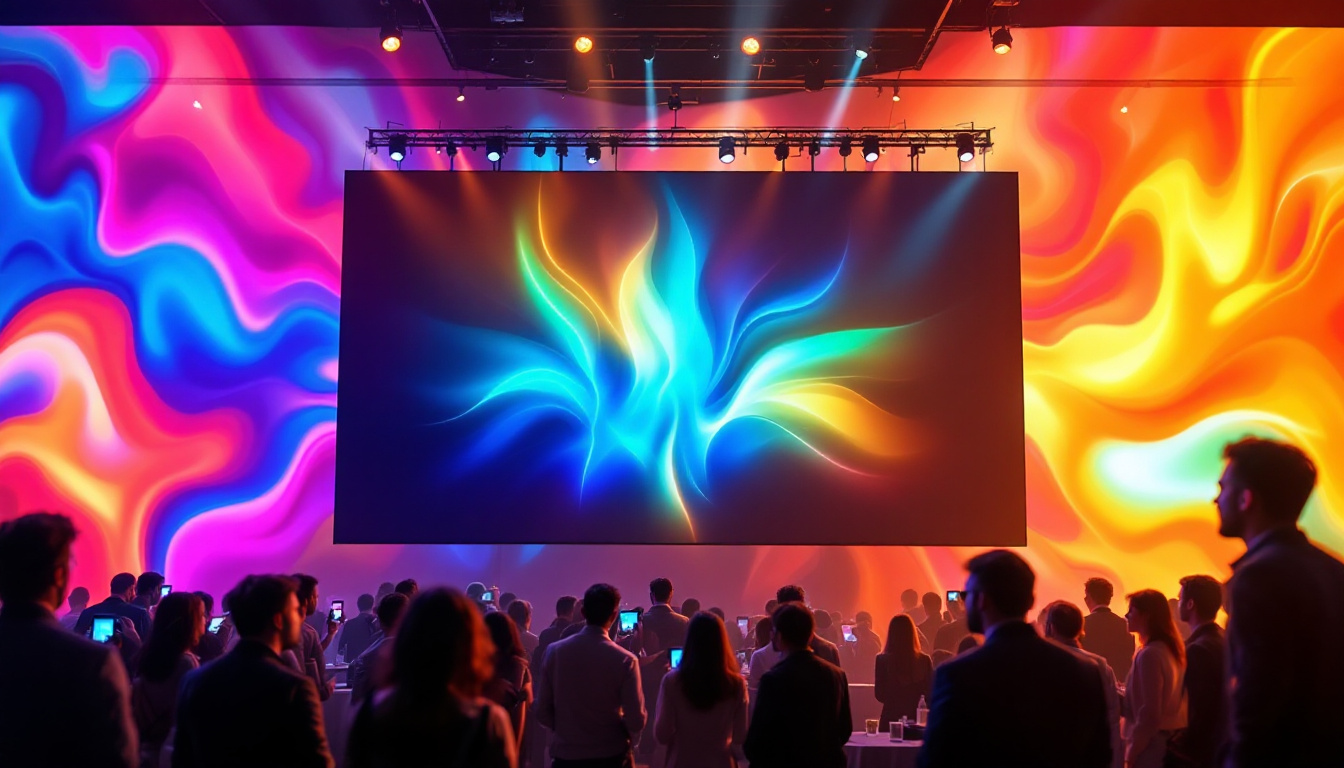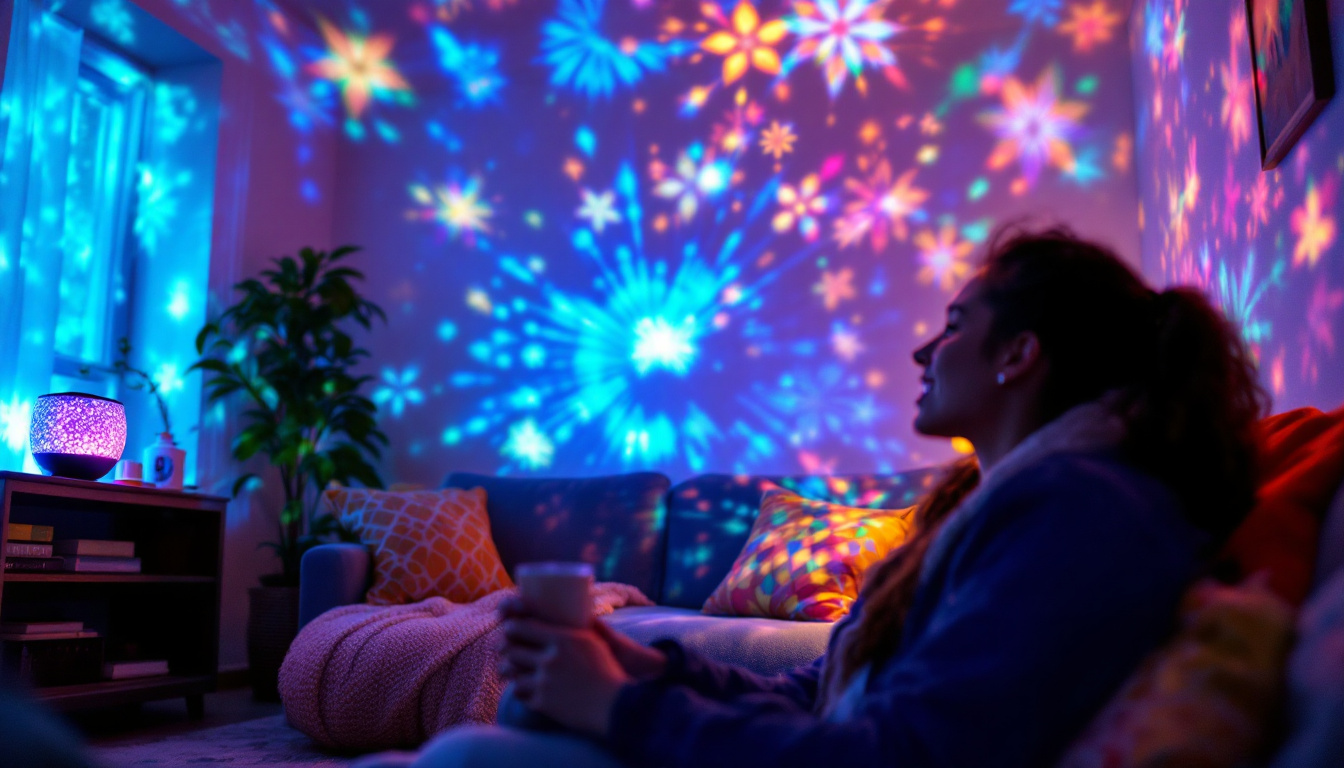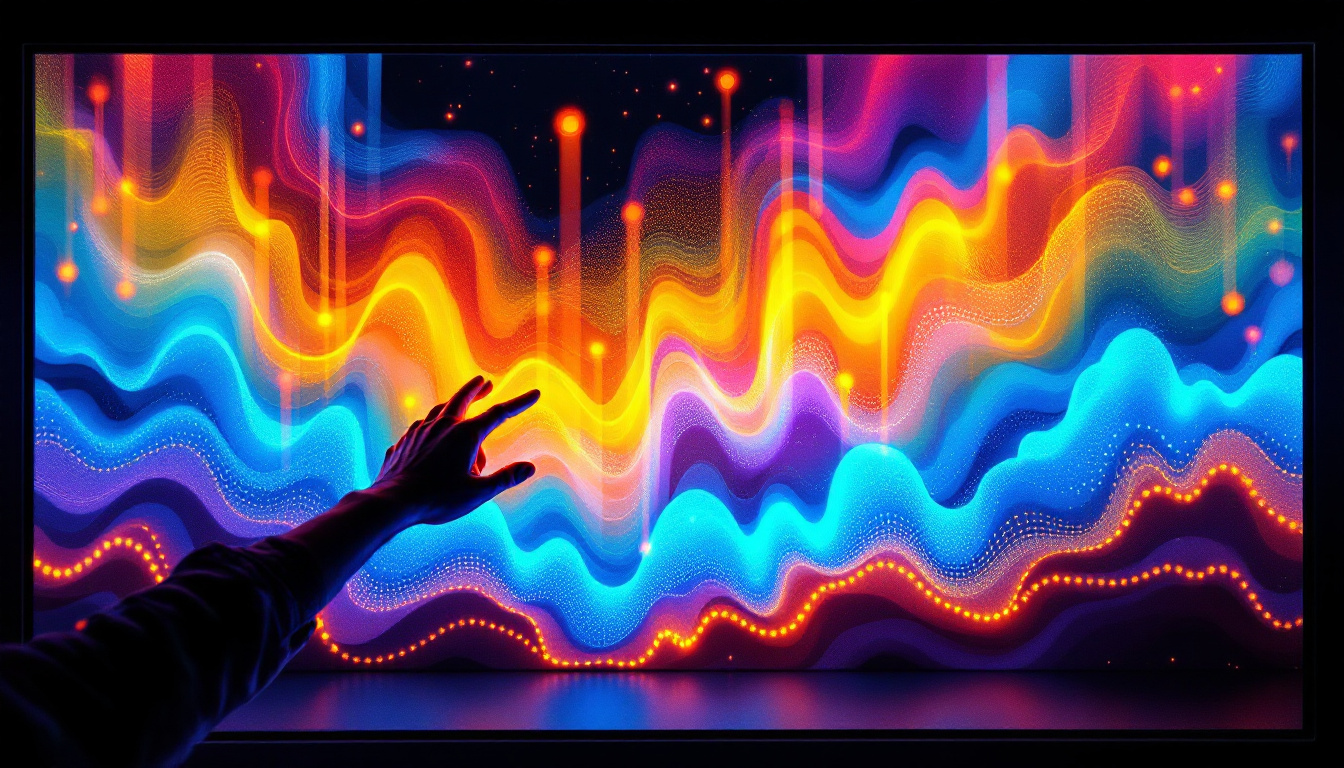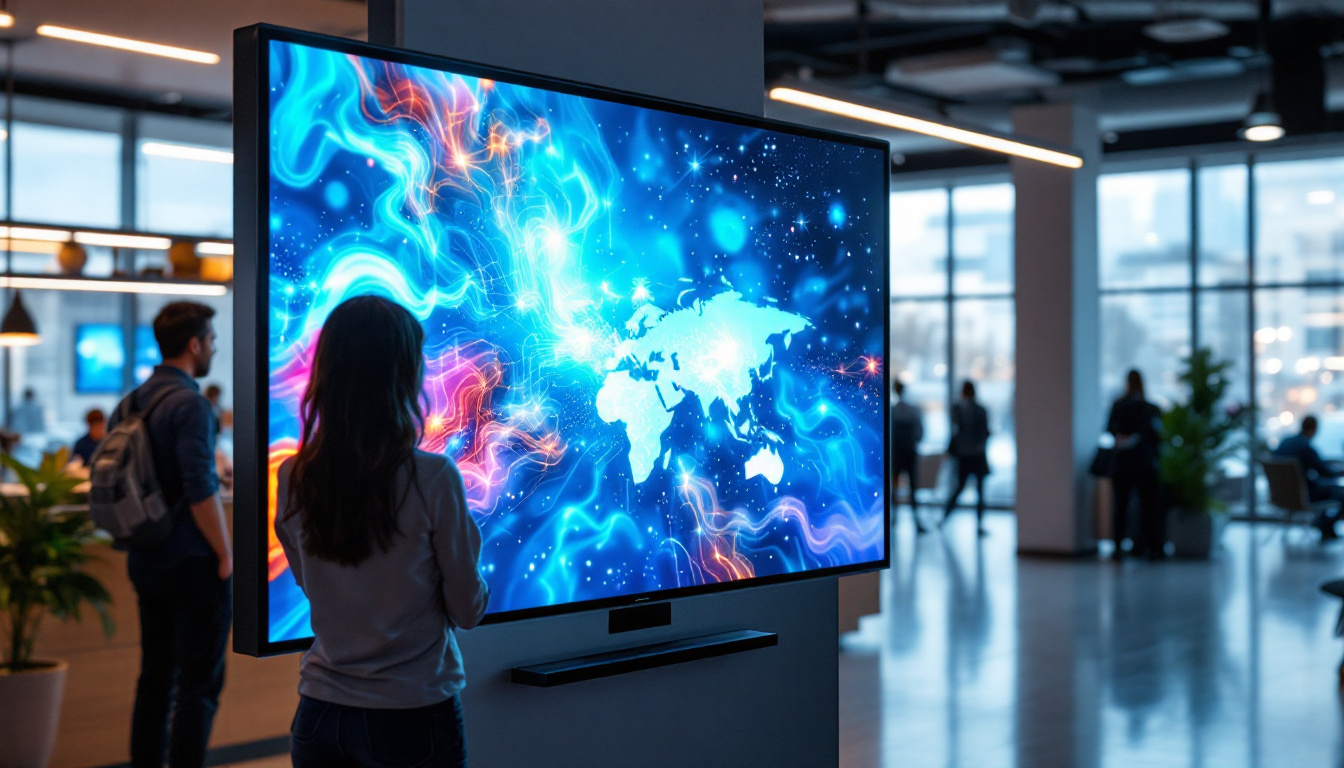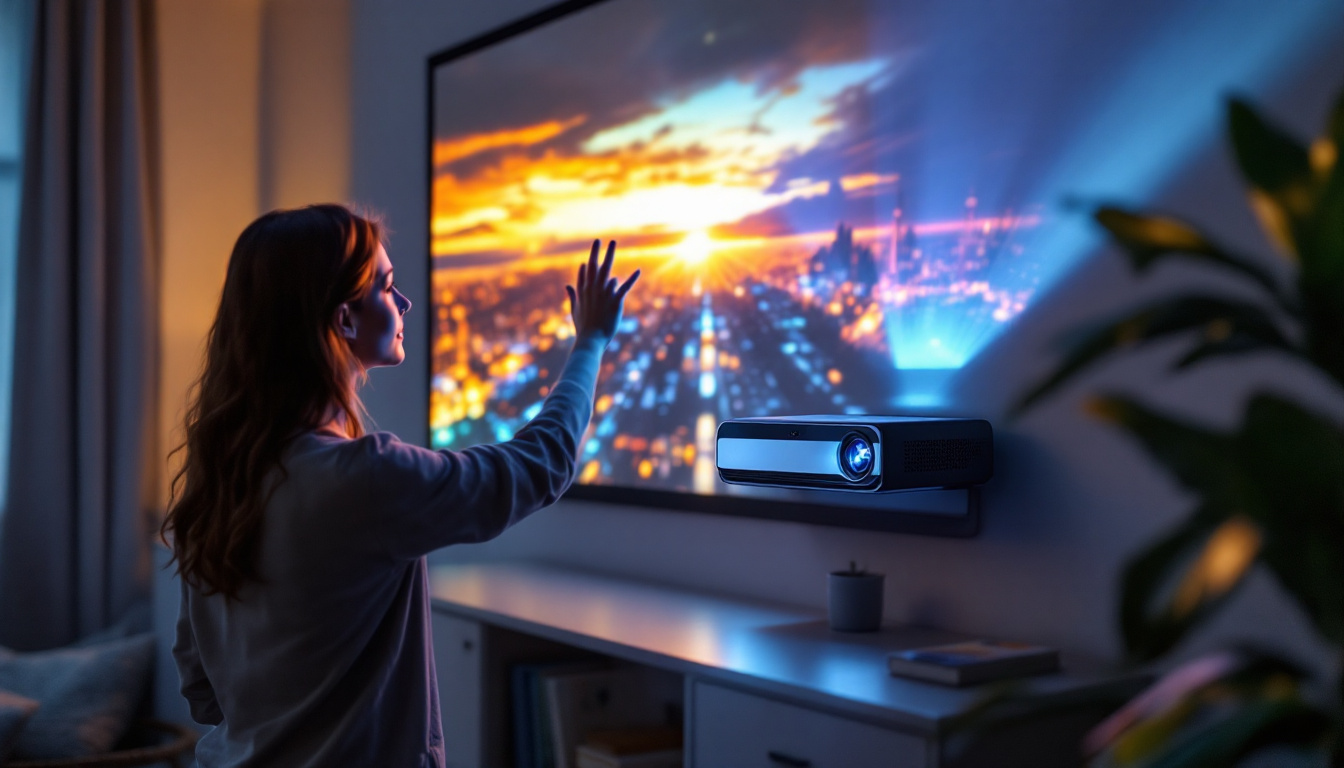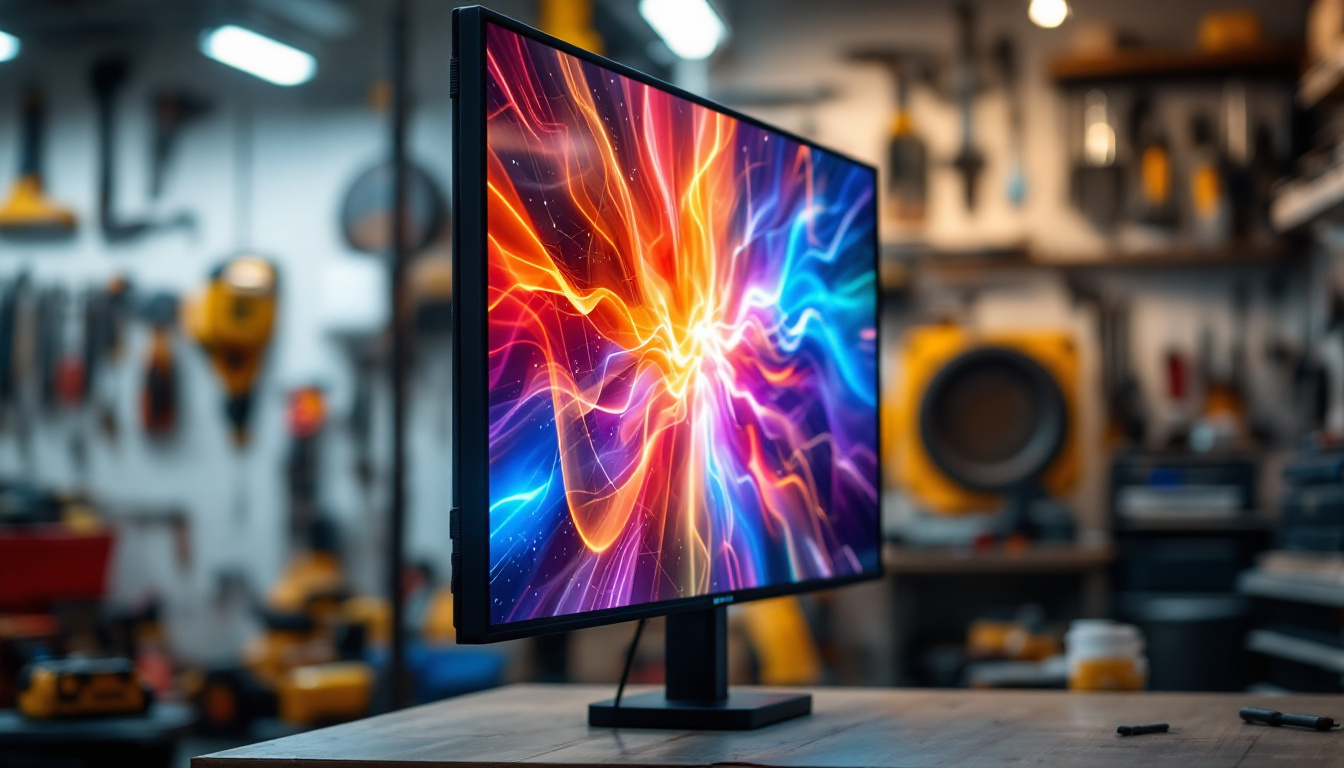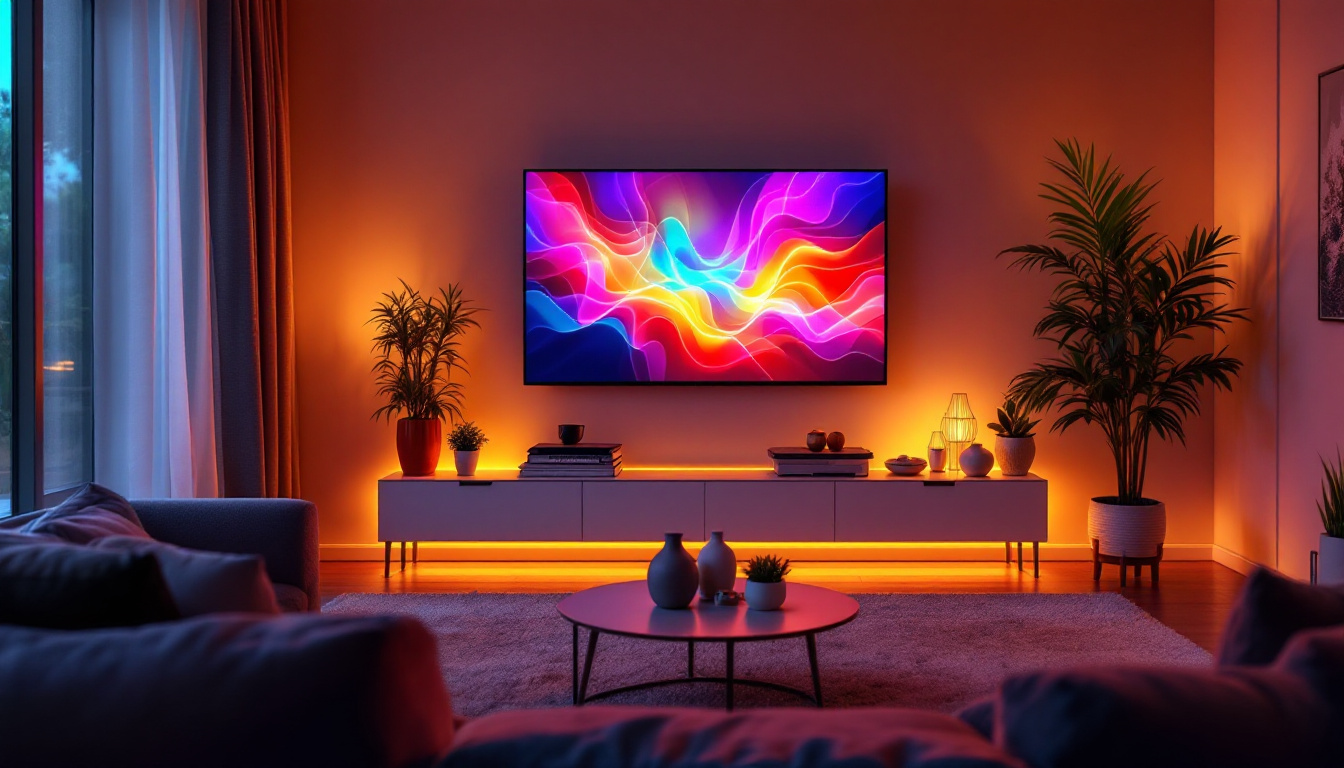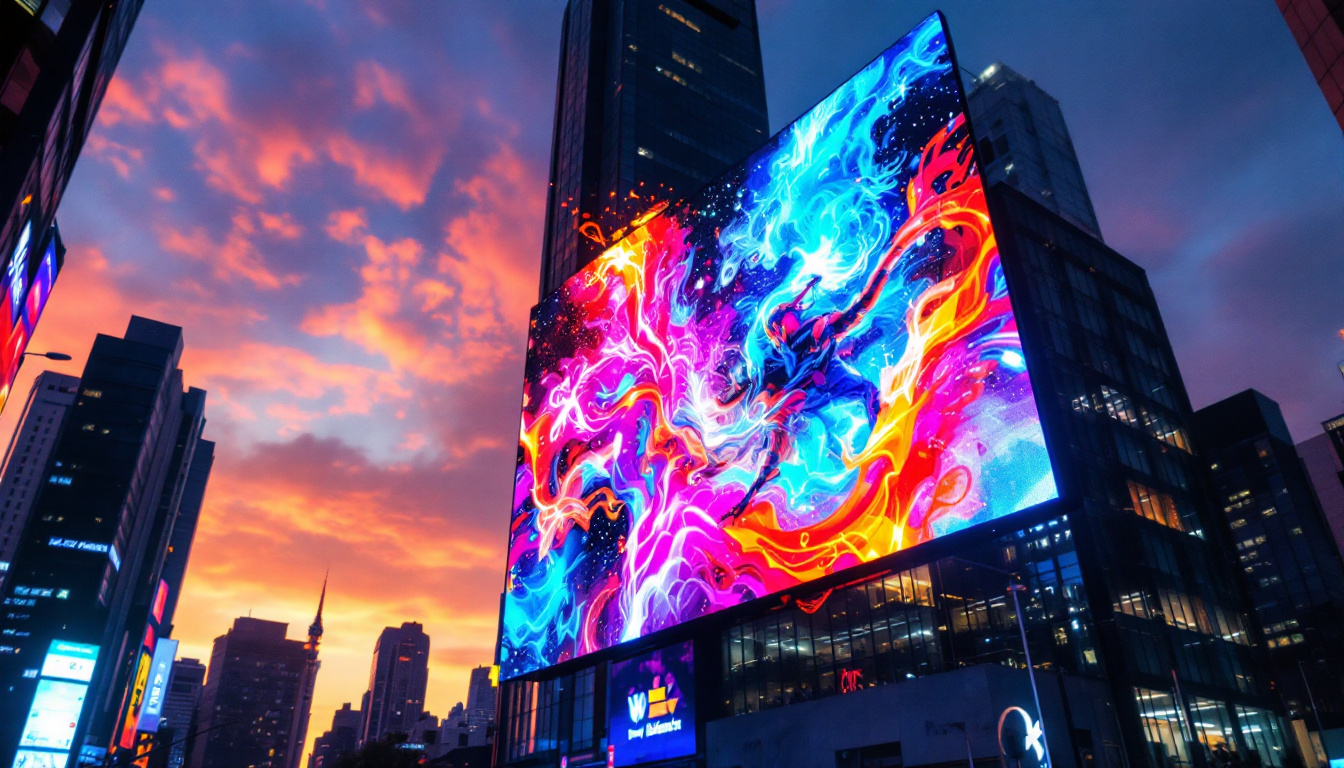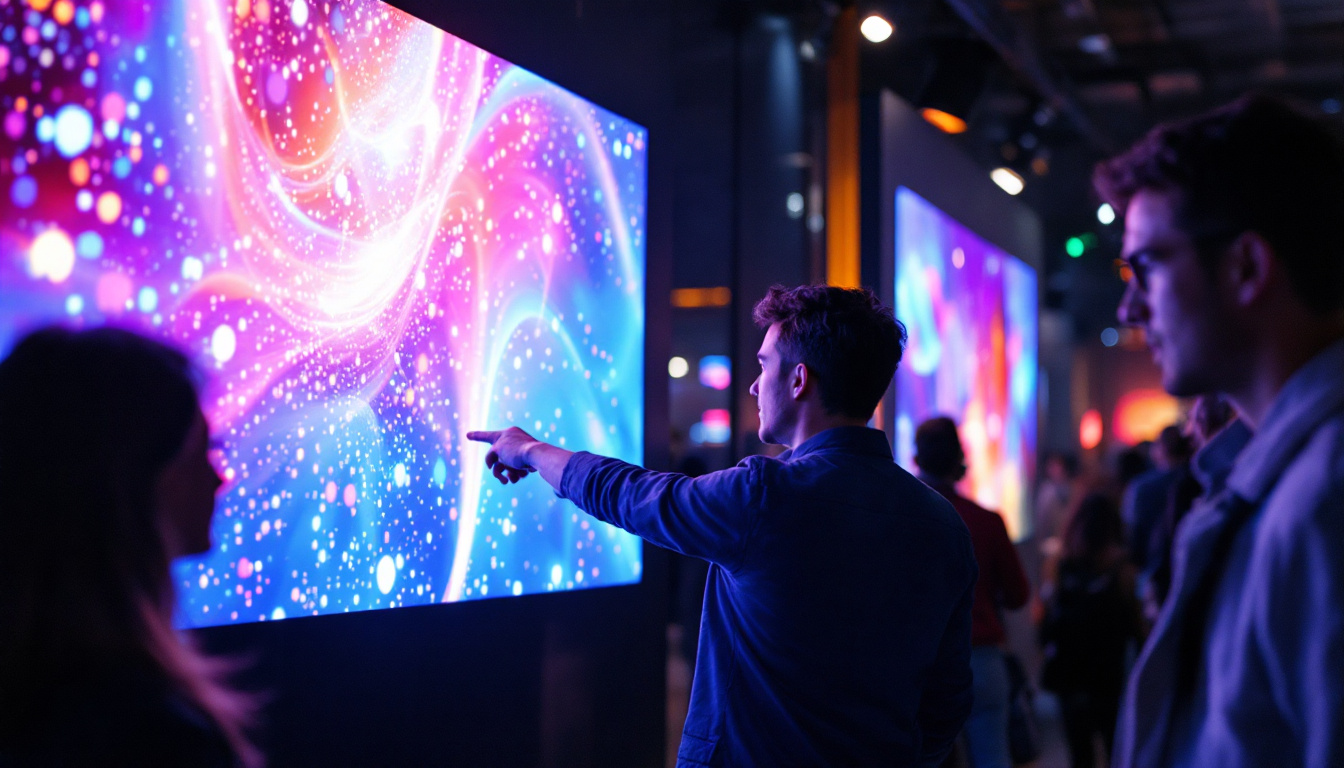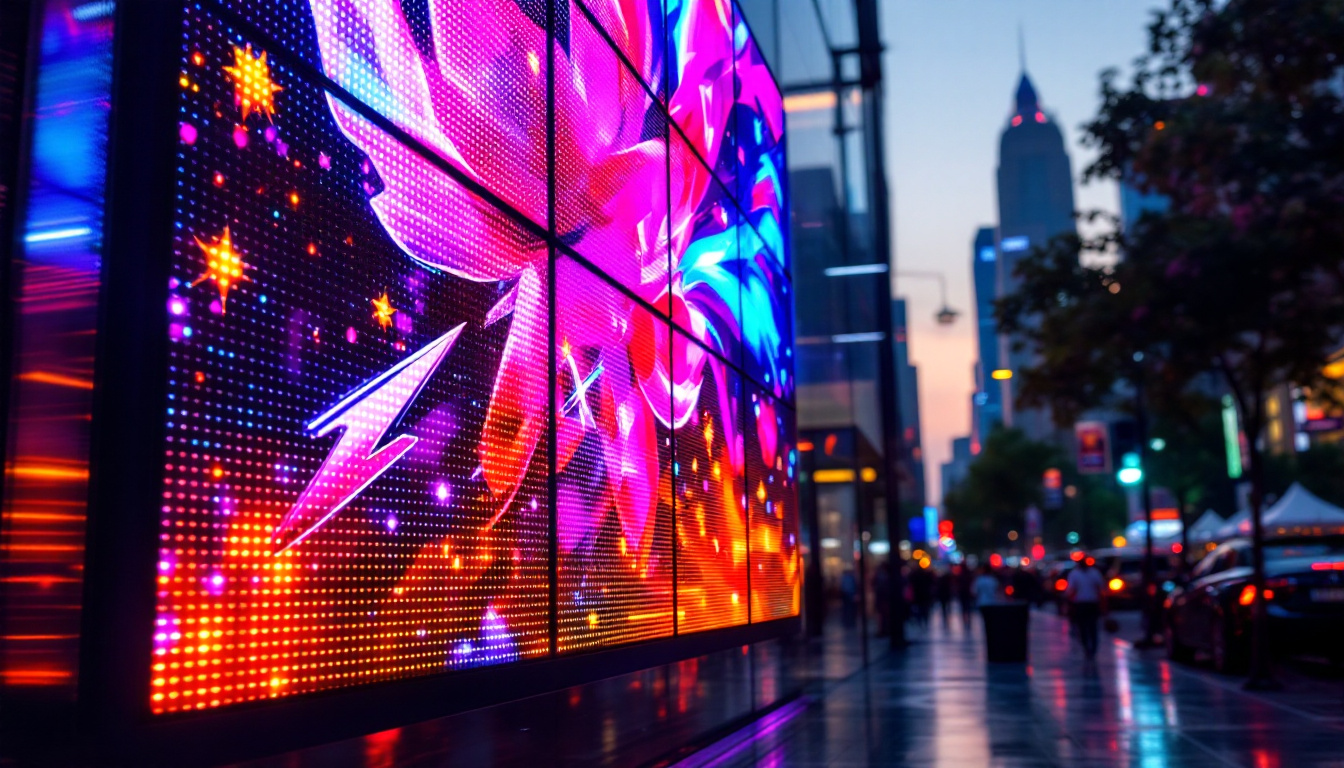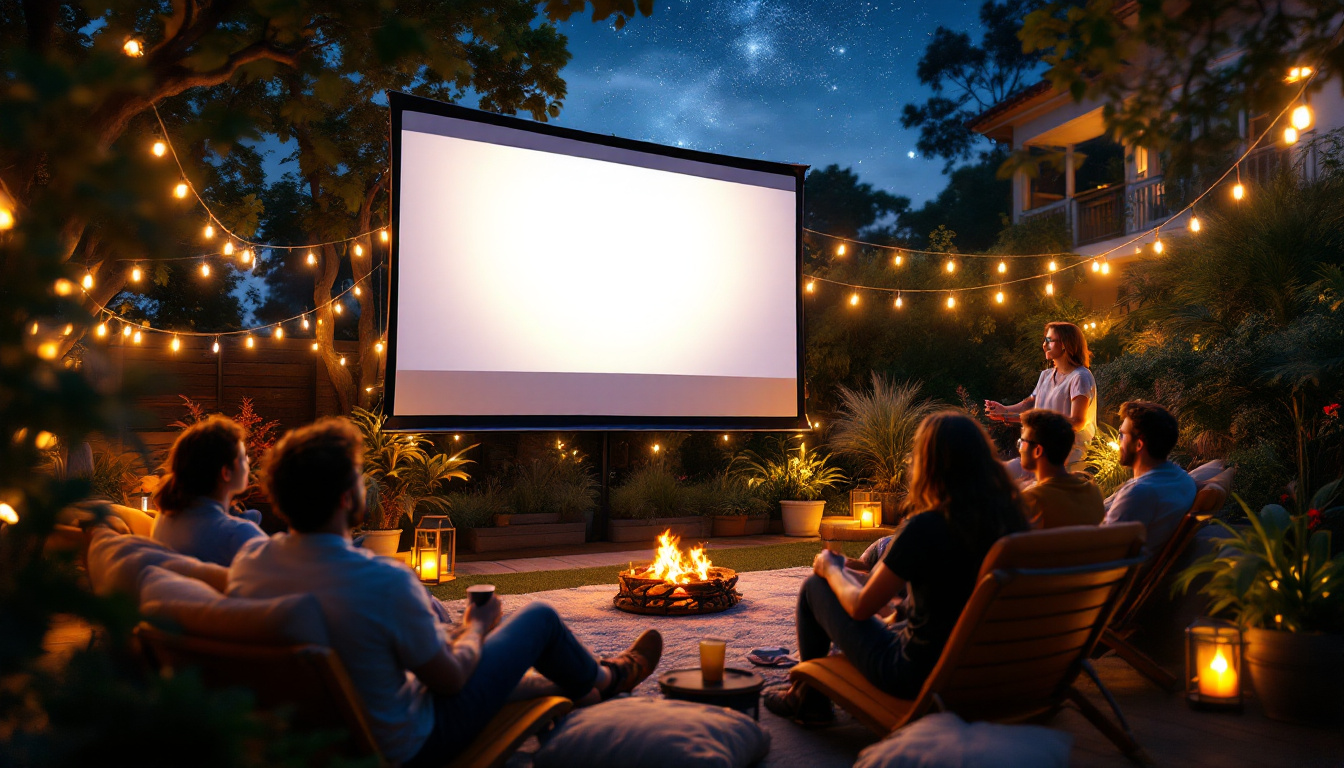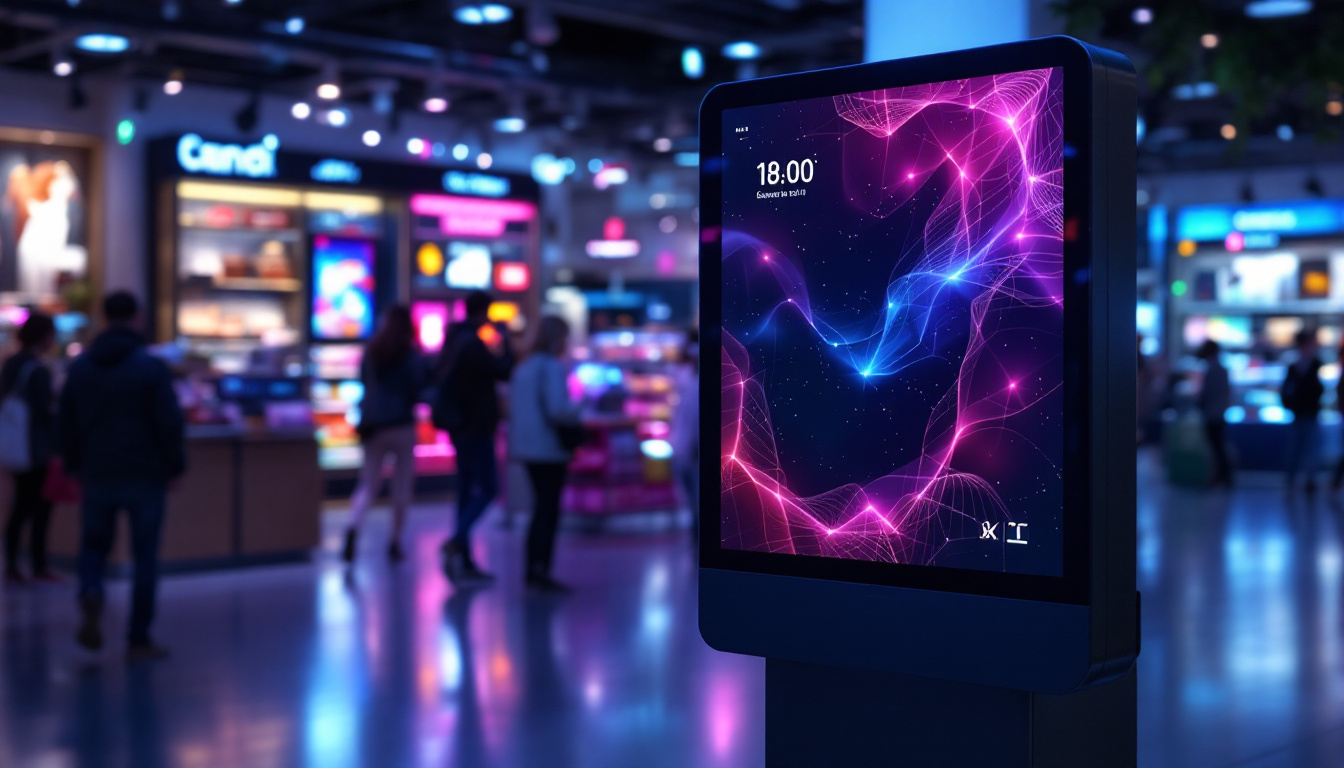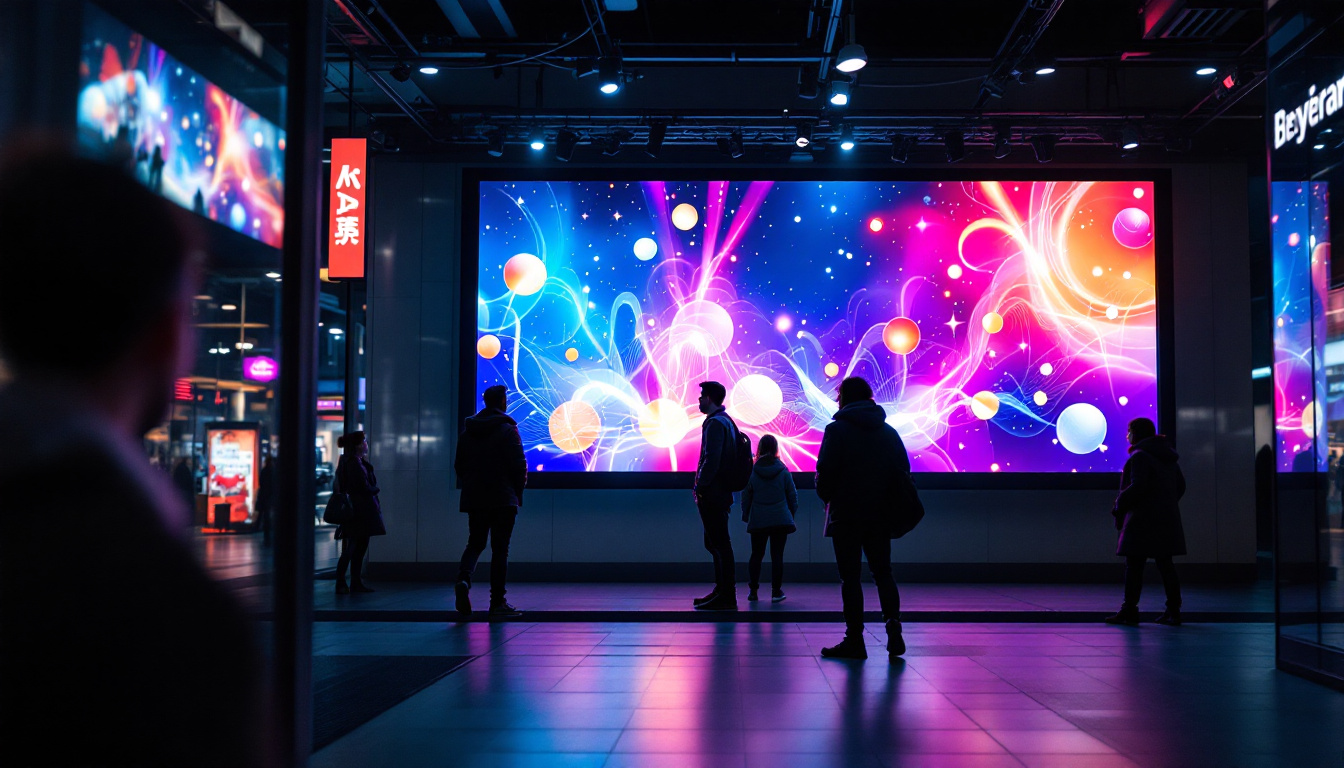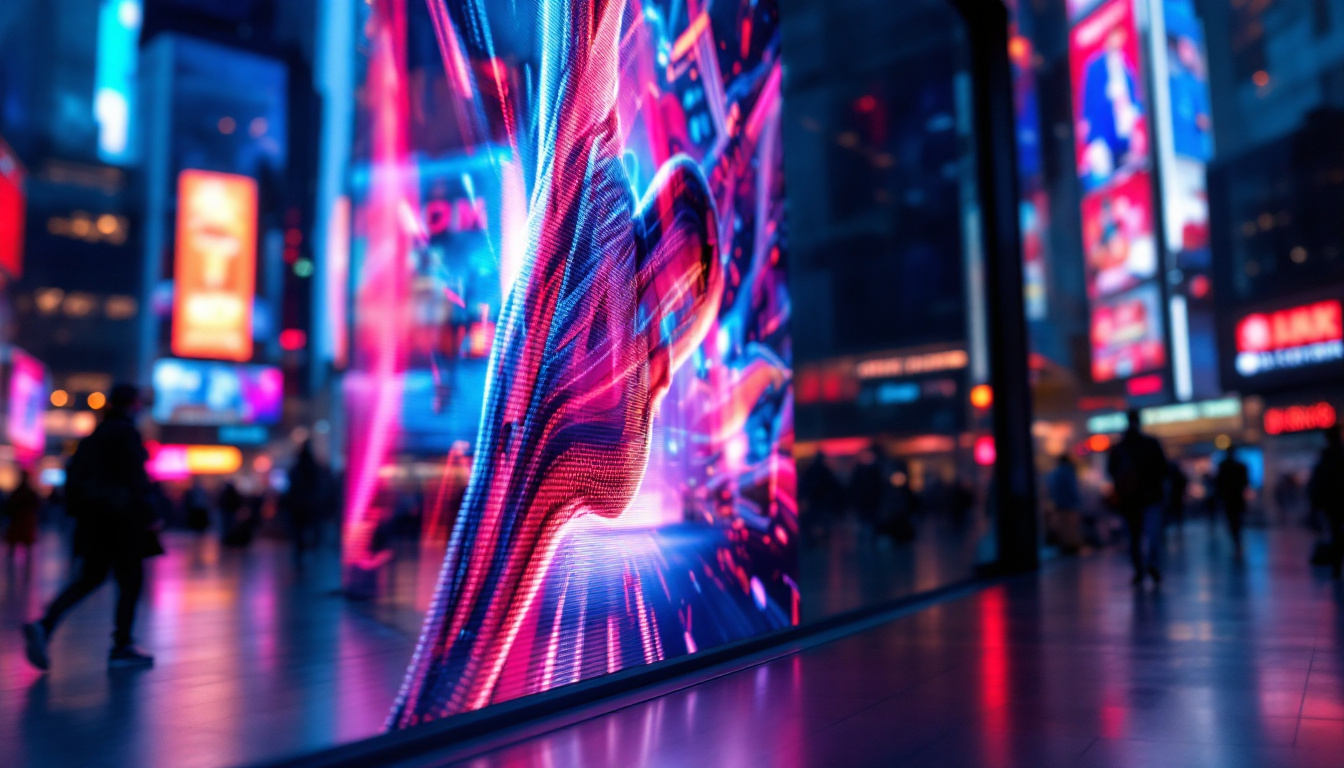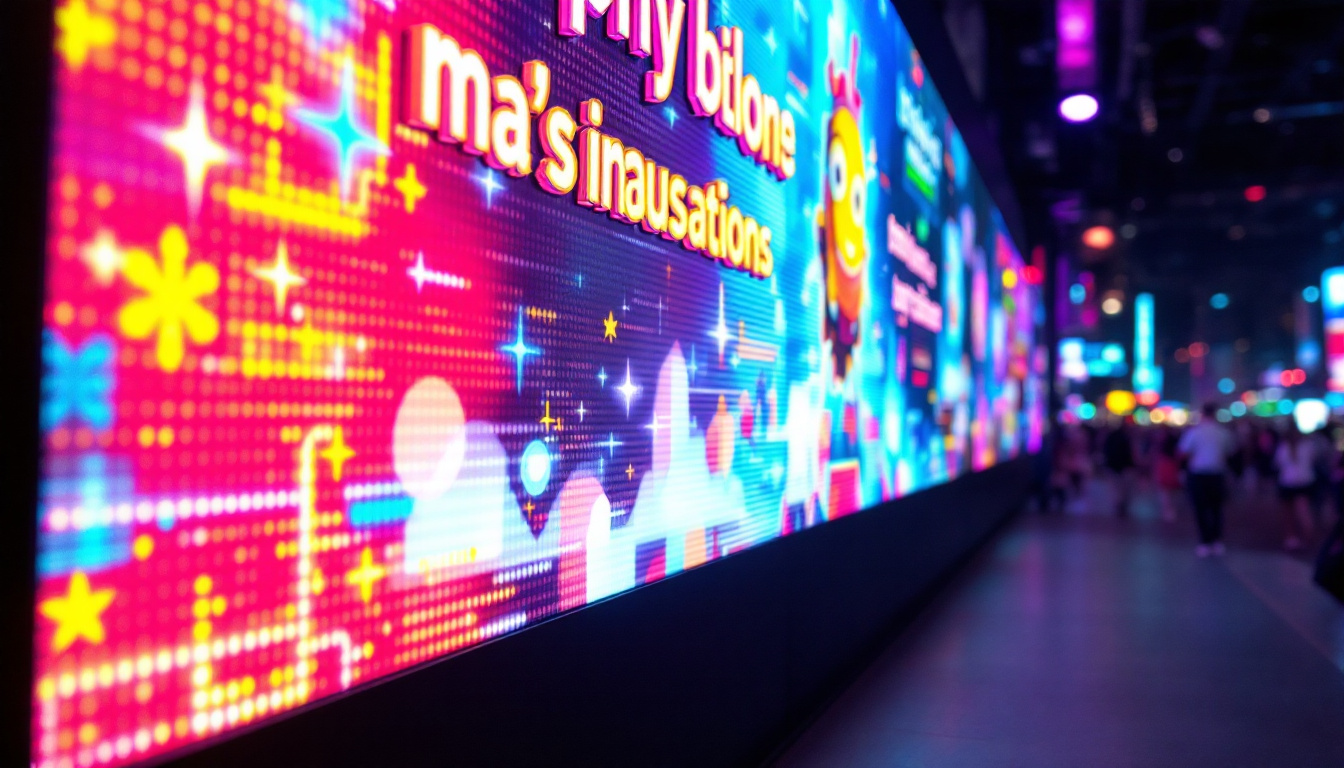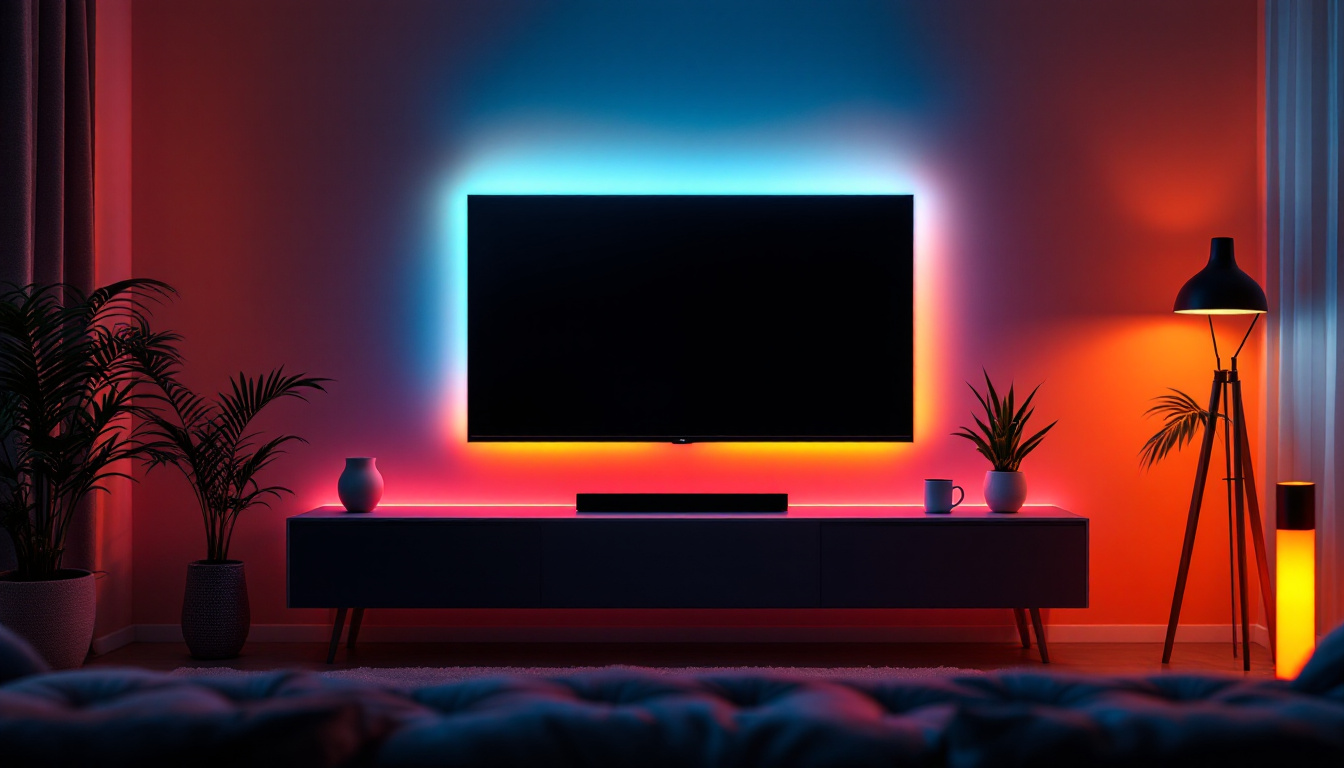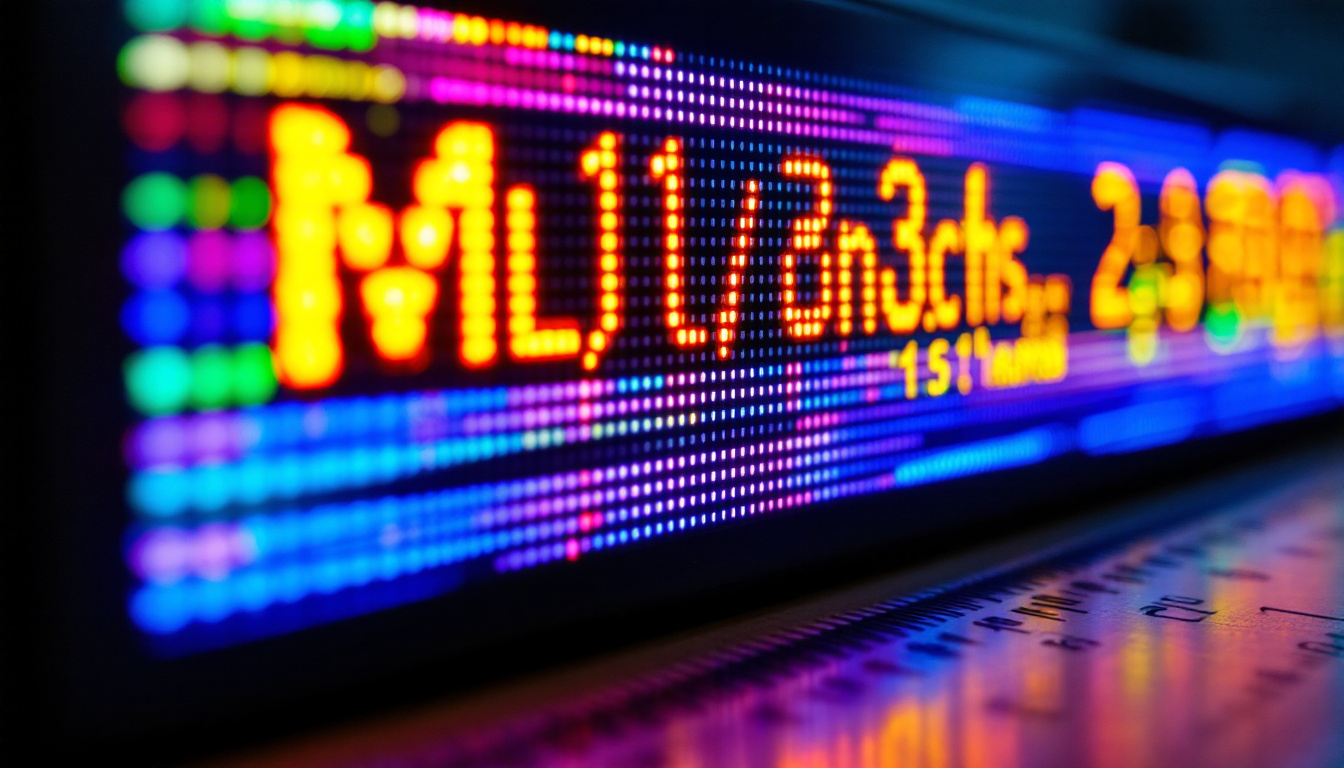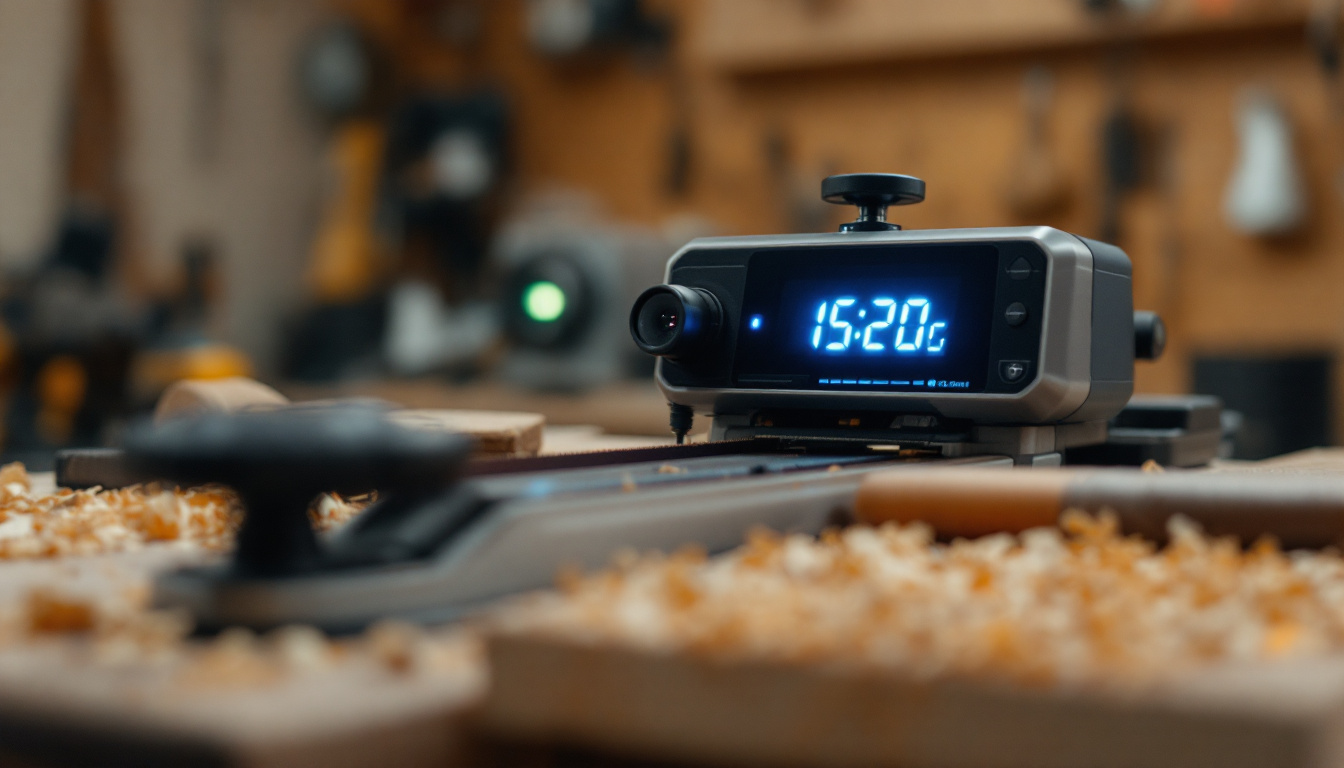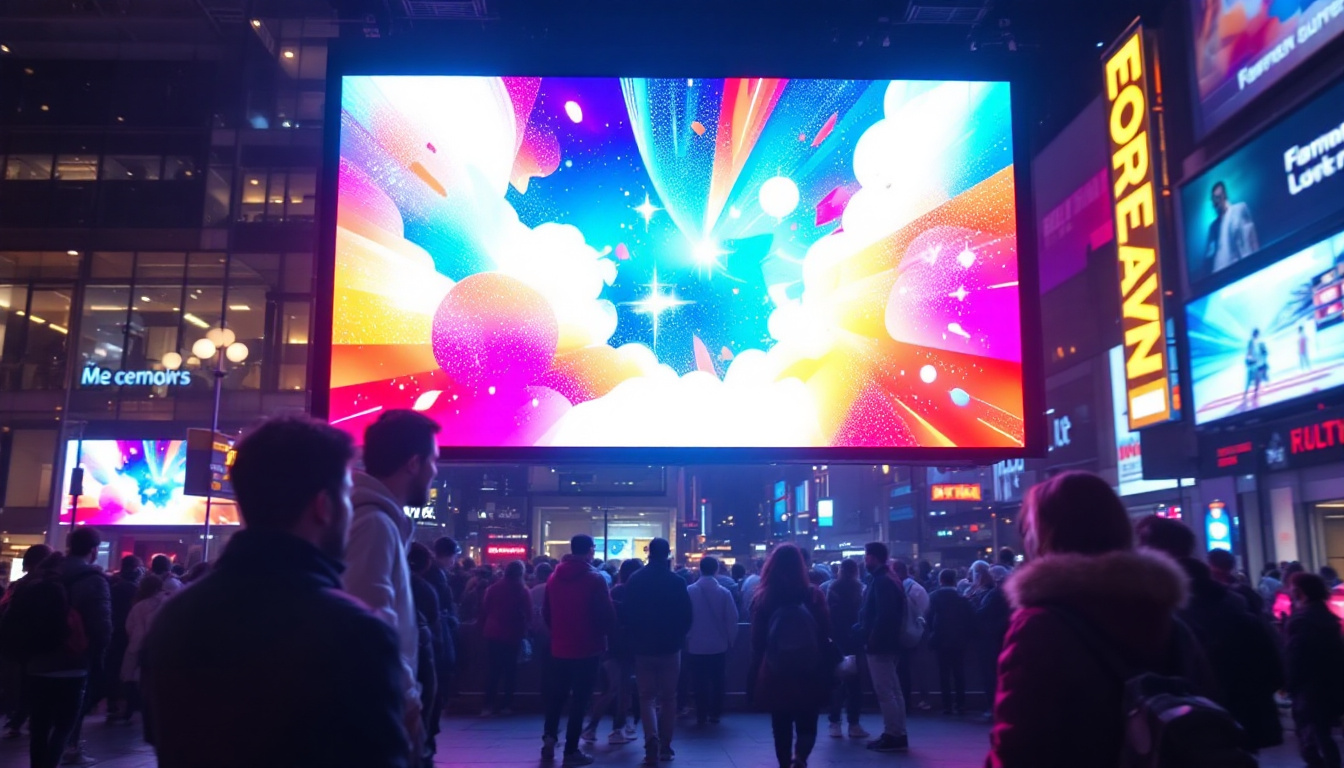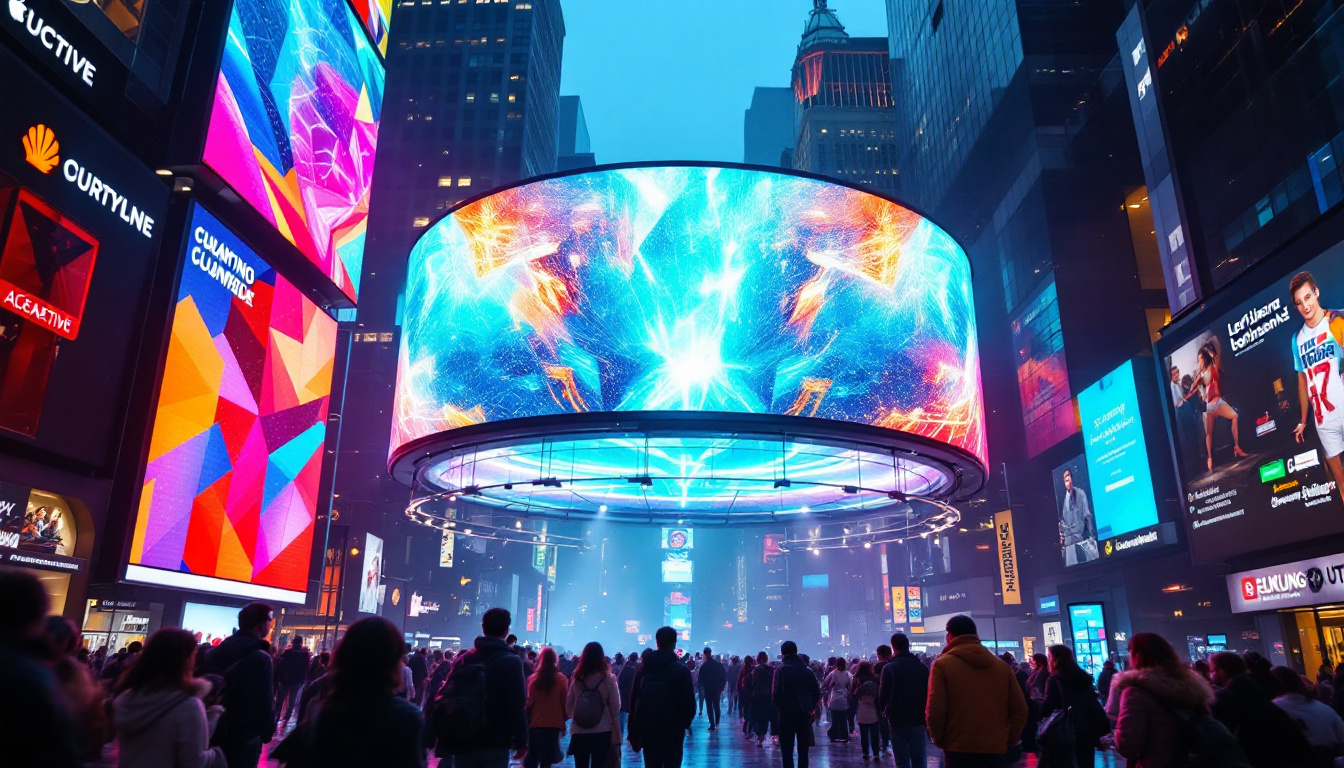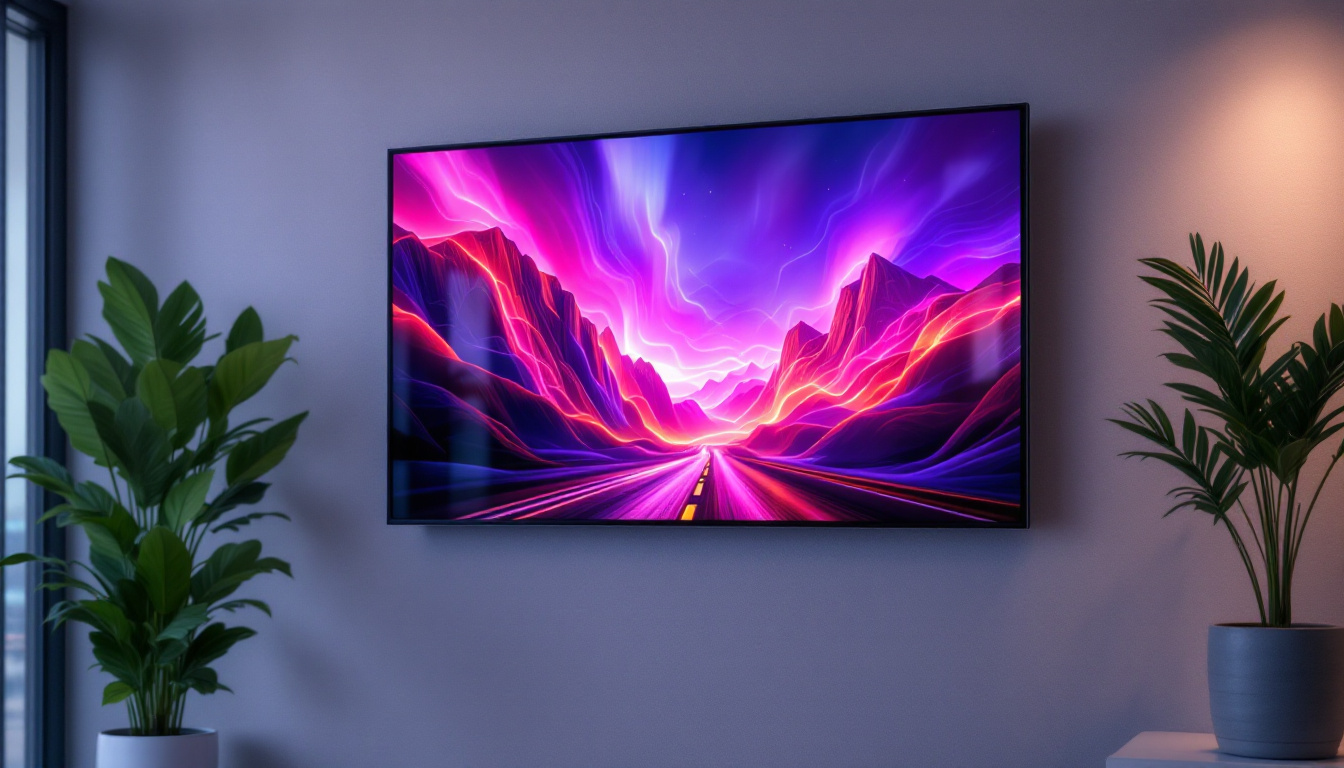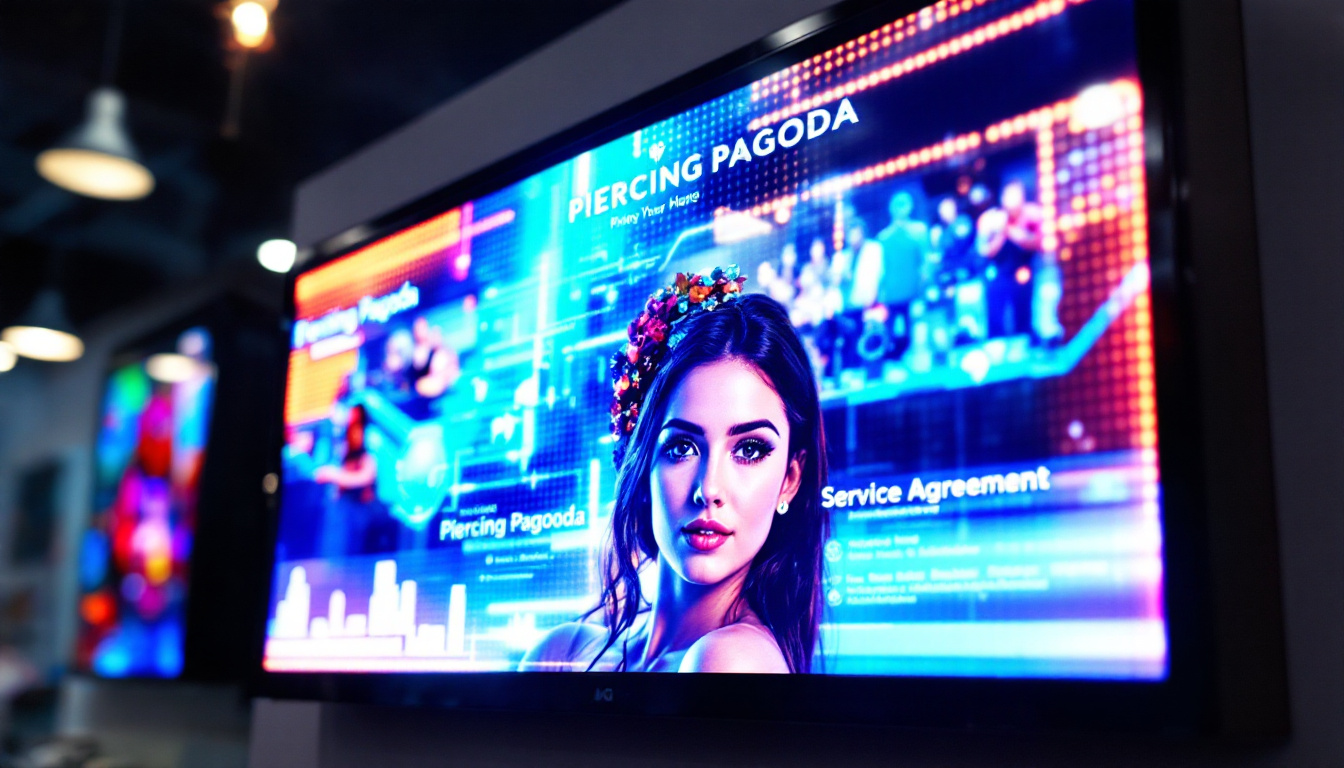In the realm of modern audiovisual technology, LED displays have emerged as a transformative force. They are not merely tools for broadcasting information; they are dynamic canvases that can enhance experiences in various settings, from concerts to corporate events. Understanding the intricacies of LED displays is essential for sound video contractors who aim to deliver high-quality visual solutions. This article delves into the various aspects of LED displays, exploring their technology, applications, and the considerations involved in their deployment.
Understanding LED Technology
LED, or Light Emitting Diode, technology has revolutionized the way visuals are displayed. Unlike traditional lighting methods, LEDs are compact, energy-efficient, and capable of producing vibrant colors. This section will break down the fundamental principles behind LED technology and how it applies to display systems.
The Basics of LED Operation
At its core, an LED works by passing an electric current through a semiconductor material, which emits light. This process is known as electroluminescence. The color of the light produced depends on the materials used in the semiconductor. For instance, different combinations of gallium, arsenide, and phosphorous can yield red, green, or blue light. By combining these primary colors, a full spectrum of colors can be achieved, allowing for stunning visuals on LED displays.
LEDs are often arranged in a matrix format on display panels. Each pixel is made up of individual red, green, and blue LEDs, which can be controlled independently. This capability enables the display to produce high-resolution images and videos, making them ideal for a variety of applications. The precise control over each pixel also allows for dynamic content, where images and videos can change seamlessly, enhancing the viewer’s experience. Furthermore, advancements in LED technology have led to the development of smart LEDs that can adjust brightness and color temperature based on ambient lighting conditions, further improving energy efficiency and visual quality.
Types of LED Displays
There are several types of LED displays, each designed for specific applications. The most common types include:
- Direct View LED Displays: These are large screens made up of individual LED modules. They are often used for outdoor advertising and large events due to their brightness and visibility in various lighting conditions.
- LED Video Walls: Comprising multiple LED panels, video walls can create a seamless display of images or videos. They are popular in control rooms, broadcast studios, and large venues.
- Transparent LED Displays: These innovative displays allow for visibility through the screen, making them ideal for retail environments where showcasing products is essential while still providing information.
In addition to these common types, there are also niche applications of LED technology that are gaining traction. For example, flexible LED displays are emerging as a versatile option for creative installations, allowing for curved or irregular shapes that can fit into unconventional spaces. These displays are particularly popular in modern architecture and art installations, where the integration of technology and aesthetics is paramount. Moreover, microLED technology is on the horizon, promising even higher resolutions and greater energy efficiency, which could redefine the standards for display quality in the near future. As the industry continues to evolve, the potential uses for LED technology seem limitless, paving the way for exciting innovations across various fields.
Applications of LED Displays
The versatility of LED displays makes them suitable for a wide range of applications. From entertainment to information dissemination, their impact is profound. This section explores some of the most common uses of LED technology.
Entertainment and Events
In the entertainment industry, LED displays have become a staple. Concerts, festivals, and sporting events utilize large LED screens to enhance the audience experience. These displays can show live feeds, graphics, and animations, creating an immersive environment that captivates attendees.
Moreover, the ability to customize content in real-time allows event organizers to engage with the audience dynamically. For instance, during a concert, visuals can be synchronized with music, enhancing the overall atmosphere and making the event memorable. Additionally, LED displays can be used for interactive experiences, where audience members can participate through mobile apps or social media, further blurring the lines between performer and spectator.
Advertising and Marketing
LED displays have transformed the advertising landscape. Digital billboards and storefront displays can capture the attention of passersby with vibrant colors and moving images. This dynamic content can be easily updated, allowing businesses to promote new products or services instantly.
Additionally, targeted advertising can be implemented using LED technology. By analyzing foot traffic and demographics, businesses can tailor their messages to specific audiences, increasing the effectiveness of their marketing efforts. This capability is particularly advantageous in high-traffic areas, where the ability to rotate advertisements based on the time of day or local events can significantly boost engagement and sales. Furthermore, LED displays can integrate QR codes or interactive elements, encouraging immediate consumer interaction and driving traffic to websites or social media platforms.
Information Dissemination
LED displays are also widely used for information dissemination in public spaces. Transportation hubs, such as airports and train stations, utilize LED screens to provide real-time updates on arrivals and departures. This functionality is crucial for ensuring passengers have the most current information at their fingertips.
In educational settings, LED displays can enhance learning experiences by presenting information in engaging formats. Schools and universities can utilize these displays for announcements, event promotions, and educational content, making information more accessible to students and faculty alike. Beyond traditional classroom settings, LED technology can facilitate remote learning by displaying live video feeds of lectures or interactive sessions, allowing students to participate from anywhere. Additionally, LED displays can be employed in museums and exhibitions to provide dynamic content that enriches the visitor experience, offering insights and context that traditional static displays cannot achieve.
Key Considerations for Sound Video Contractors
For sound video contractors, understanding the nuances of LED displays is essential for successful project execution. There are several key considerations that must be taken into account when working with these technologies.
Choosing the Right Display
When selecting an LED display for a project, contractors must consider factors such as resolution, brightness, and size. The resolution, measured in pixels per inch (PPI), determines the clarity of the image. Higher resolutions are necessary for close viewing distances, while lower resolutions may suffice for larger displays viewed from afar.
Brightness is another critical factor, especially for outdoor displays. The brightness level, measured in nits, should be sufficient to ensure visibility in direct sunlight. Contractors must also consider the size of the display in relation to the viewing distance and the intended audience.
Installation and Maintenance
Proper installation is crucial for the performance of LED displays. Contractors must ensure that the display is mounted securely and that all electrical connections are made correctly. Additionally, the display should be calibrated to optimize color and brightness for the specific environment.
Maintenance is equally important. Regular inspections and cleaning can prevent issues such as pixel failure and dust accumulation, which can affect image quality. Contractors should establish a maintenance schedule and provide clients with guidelines on how to care for their LED displays.
Content Management
The content displayed on LED screens plays a significant role in their effectiveness. Sound video contractors should work closely with clients to develop a content strategy that aligns with their goals. This may involve creating visually appealing graphics, videos, and animations that resonate with the target audience.
Moreover, utilizing content management systems (CMS) can streamline the process of updating and scheduling content. These systems allow clients to manage their displays remotely, ensuring that the information is always current and relevant.
Future Trends in LED Display Technology
The LED display industry is continually evolving, with new technologies and trends emerging regularly. Staying informed about these developments is essential for sound video contractors who wish to remain competitive in the market.
Advancements in Resolution and Pixel Density
One of the most significant trends in LED technology is the push towards higher resolutions and pixel densities. As technology advances, manufacturers are developing displays with smaller pixel pitches, allowing for closer viewing distances without compromising image quality. This trend is particularly relevant for indoor applications, where audiences are often in close proximity to the display.
Additionally, advancements in 8K and even 16K resolution are on the horizon, promising unparalleled clarity and detail. As these technologies become more accessible, contractors will need to adapt to meet the demands of clients seeking the highest quality visuals.
Integration with Augmented and Virtual Reality
As augmented reality (AR) and virtual reality (VR) technologies gain traction, the integration of LED displays with these platforms is becoming increasingly common. LED screens can serve as immersive backdrops for AR experiences, enhancing the overall impact of the technology.
For instance, in gaming and entertainment, LED displays can be used to create interactive environments that respond to user actions. This integration opens up new possibilities for sound video contractors, who can offer innovative solutions that combine traditional display technology with cutting-edge immersive experiences.
Sustainability and Energy Efficiency
With growing concerns about environmental impact, sustainability has become a key focus in the LED display industry. Manufacturers are developing more energy-efficient displays that consume less power while maintaining high brightness and performance levels.
Moreover, the use of recyclable materials in the production of LED displays is gaining traction. Sound video contractors should be aware of these advancements and consider incorporating sustainable practices into their projects, appealing to environmentally conscious clients.
Conclusion
LED displays have become an integral part of the audiovisual landscape, offering dynamic solutions for a variety of applications. For sound video contractors, understanding the technology, applications, and key considerations associated with LED displays is essential for delivering exceptional results.
As the industry continues to evolve, staying informed about emerging trends and advancements will empower contractors to provide innovative solutions that meet the ever-changing demands of clients. By embracing the potential of LED technology, sound video contractors can enhance experiences, engage audiences, and contribute to the future of visual communication.
Discover LumenMatrix’s Innovative LED Solutions
Ready to elevate your visual communication with the latest in LED display technology? Explore LumenMatrix’s comprehensive range of LED display solutions, from vibrant Indoor and Outdoor LED Wall Displays to dynamic Vehicle and Sports LED Displays. With options like LED Poster Displays, Floor LED Displays, and Custom LED solutions, LumenMatrix is committed to revolutionizing the way businesses engage and captivate their audiences. Experience the future of digital signage with our All-in-One and Transparent LED Displays. Check out LumenMatrix LED Display Solutions today and transform your visual storytelling with clarity and impact.

